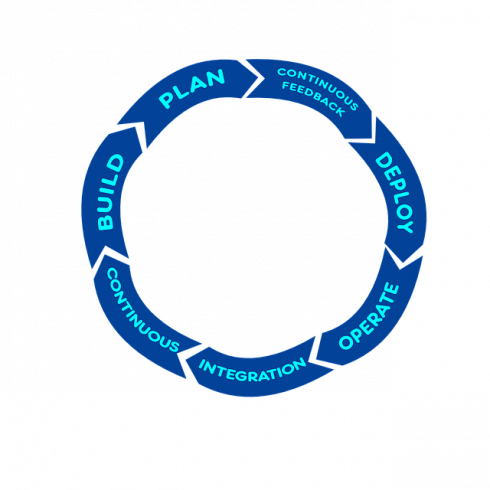
Michael Ryan, CTO of Mobile Labs:
Mobile Labs’ re-engineered mobile device cloud GigaFox adds value to the CI/CD pipeline by making it possible to implement continuous mobile testing on real devices under the control of the build system. This ensures that all apps are automatically installed to the proper device types for automated or manual testing.
In addition, GigaFox provides a convenient solution in the form of one single platform where mobile development and testing teams can access all mobile devices. GigaFox provides one stable platform where enterprise mobility teams can direct and build CI/CD pipelines to produce apps and to install them on devices for all testing needs.
RELATED CONTENT:
Adding value to your CI/CD pipeline
A guide to DevOps CI/CD tools
Jeffrey Keyes, director of product marketing for the software company Plutora:
At a high level, we address three areas. The first is that we integrate with and unify the entirety of the Agile and DevOps toolchain, including CI/CD tooling. The point of unification is eliminating the inefficiencies and loss of fidelity of handoffs. We also correlate the data and artifacts into the stages of delivery and relate all of the information together. This is critical as you need to see what features are actually being delivered, how that relates to code being built, where it sits in the pipeline and the relationship of test to all of that data.
The second area is the management of key processes. We provide release orchestration enabling additional visibility and logic enhancements augmenting the CI/CD pipeline. We can orchestrate between the manual and automated tasks of any pipeline, decomposing delivery into phases and gates ensuring governance is maintained and you have appropriate levels of quality. We have a deployment planning and orchestration which augments application release automation managing the go-live activities. We also have a non-production environment management solution centralizing the requests, orchestrating the provisioning and manages the utilization of pre-production environments.
The third area is the analytics and the visualization of the value stream itself. We provide out-of-box visualizations, including a value stream map, for the flow of work along the entire process. We provide rich “what-if” scenario analysis and comparison metrics including using teams and time as dimensions. We enable you to answer the most important question of digital transformation – are we improving?
Abhinav Asthana, CEO and co-founder of API development solution provider Postman:
Postman offers a comprehensive API testing tool that makes it easy to set up automated tests. You can aggregate the tests and requests you’ve created into a single automated test sequence that you can reuse again and again.
Integration testing is hard. Running through sad paths consisting of hundreds of failing dependencies is a nearly impossible task for all but the largest organizations. From simple happy path debugging to thorough sad path deployment, Postman keeps your tests tightly coupled with your services. The tool is approachable, allowing even less technical QA team members to contribute to a testing suite. At the same time, it is robust in allowing the simulation of complex workflows and business logic.
Every test that can be run manually via the Postman GUI, can be automated in Postman’s command line tool, Newman, and can be included as a build step in your pipeline. With Postman you aren’t testing just your code, but the fabric of your entire service, and those it relies on. Hundreds of organizations have built Postman collections alongside their development and employed them as integration tests. Your developers are already debugging with Postman, why not put that work to good use?






